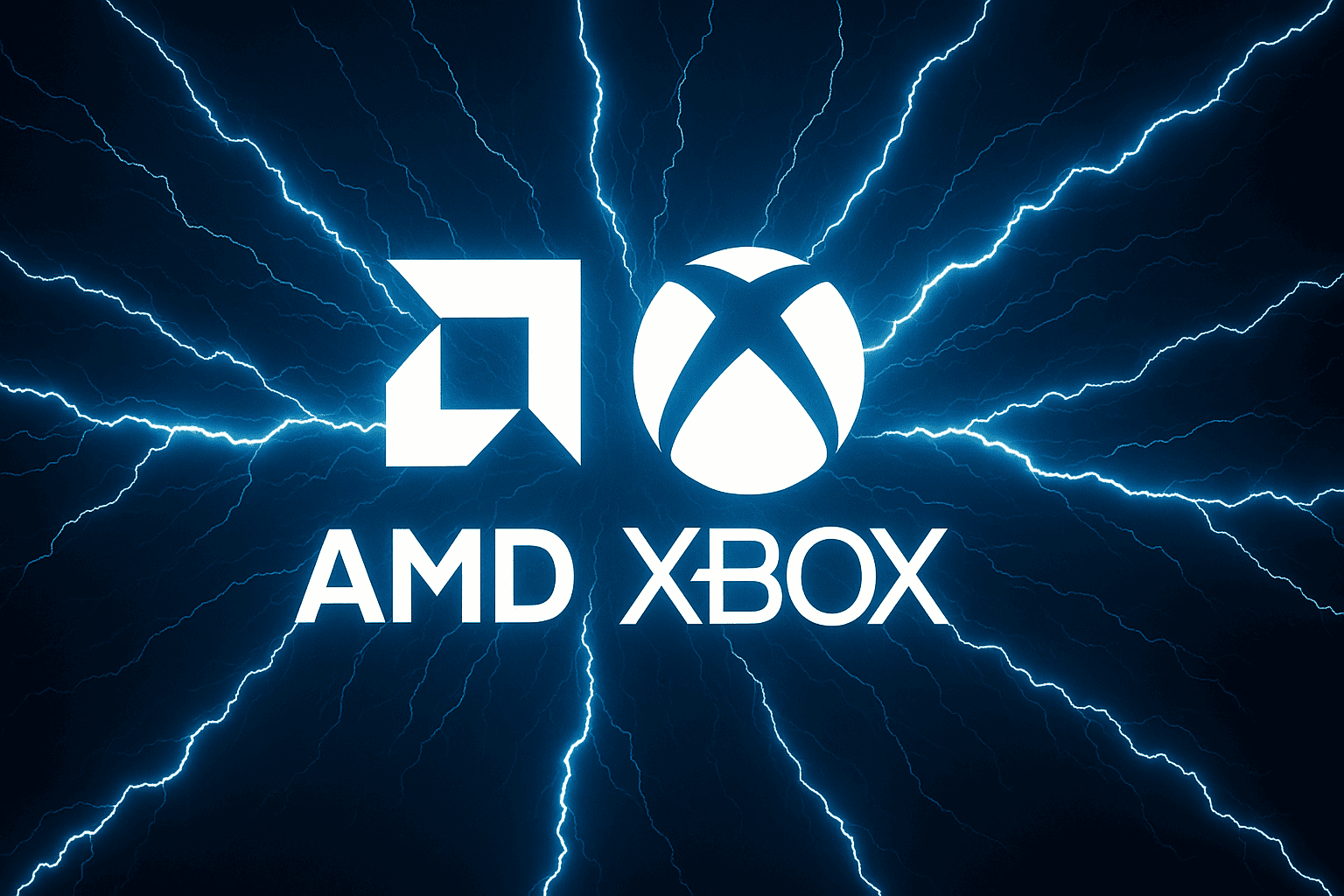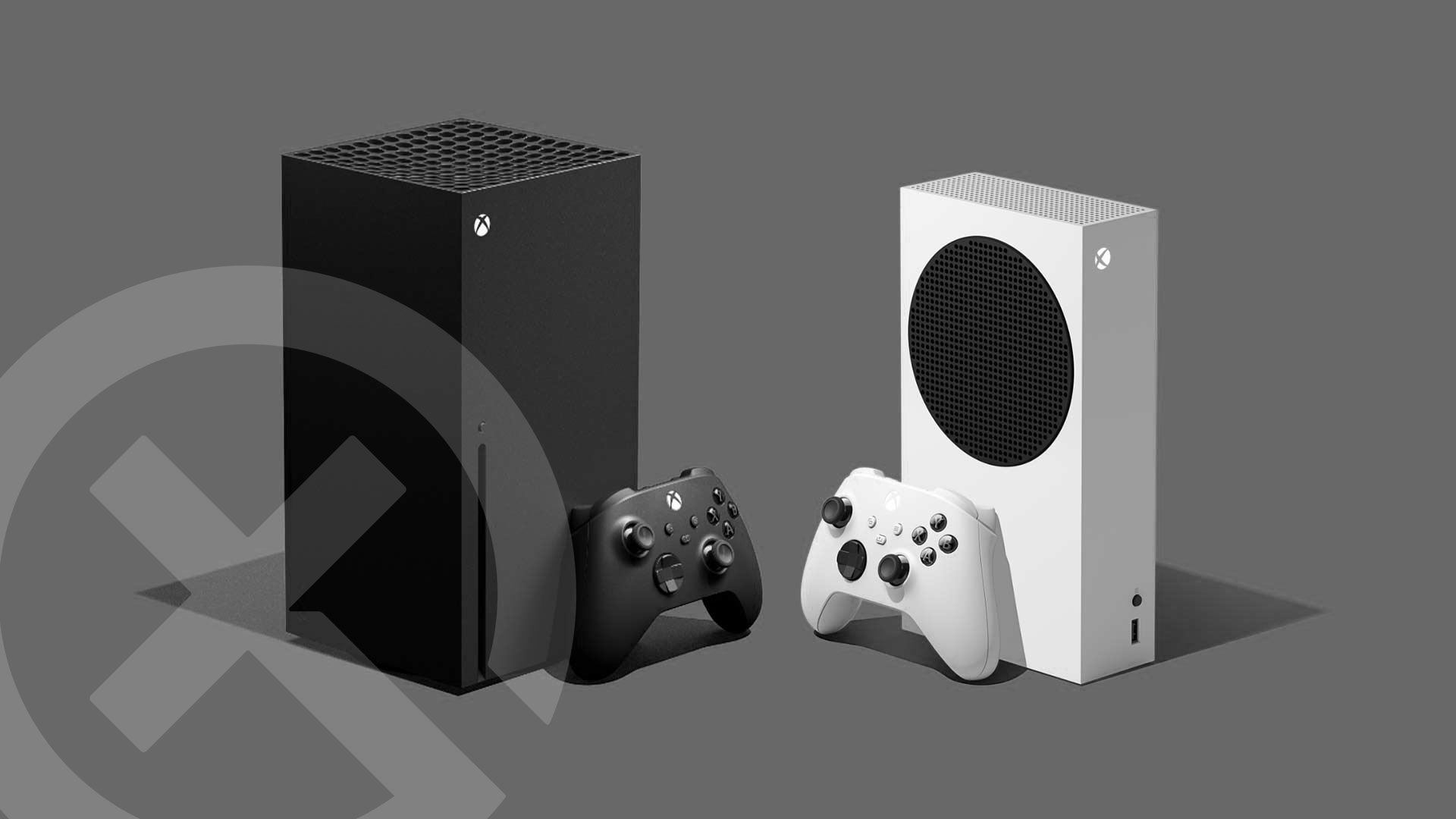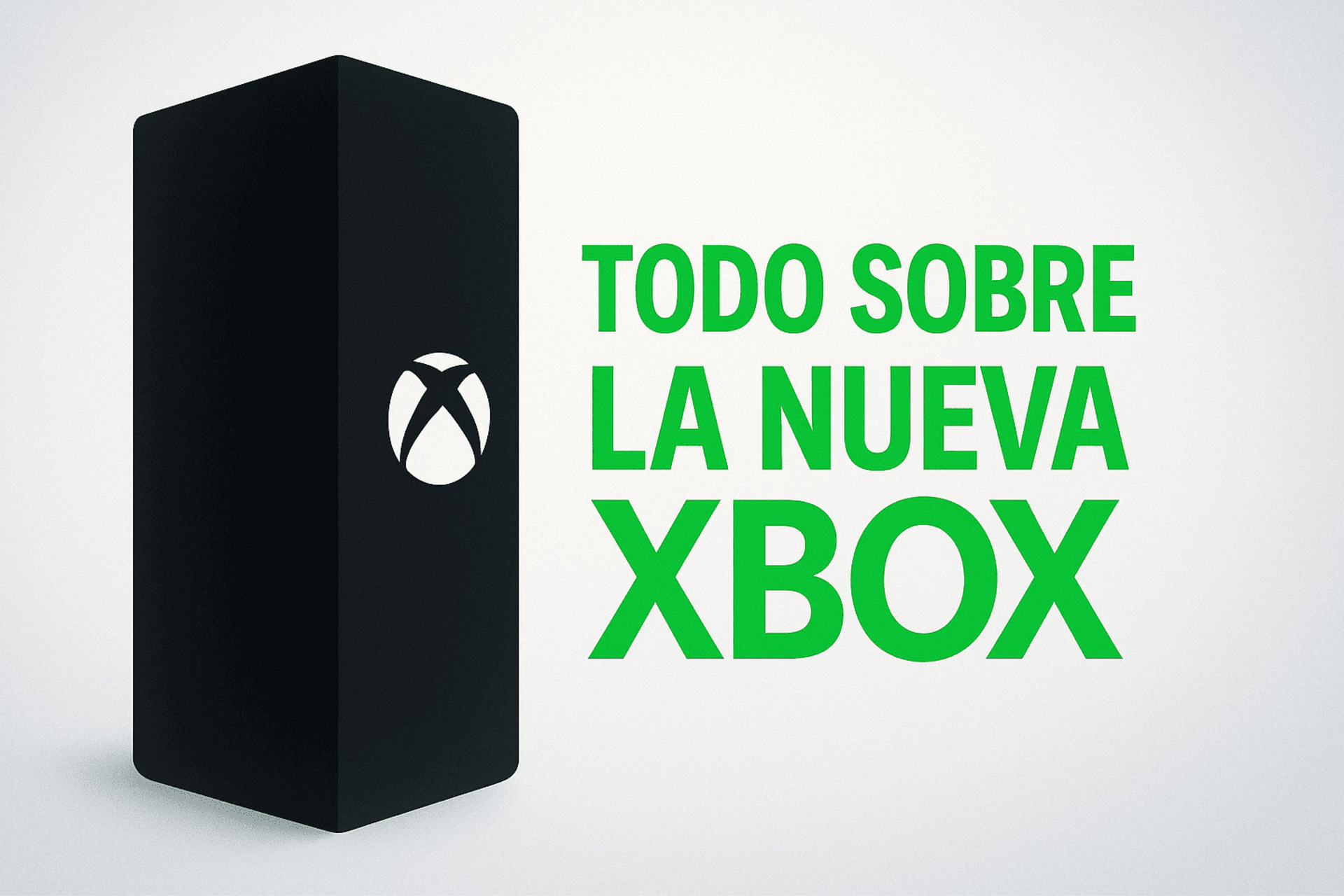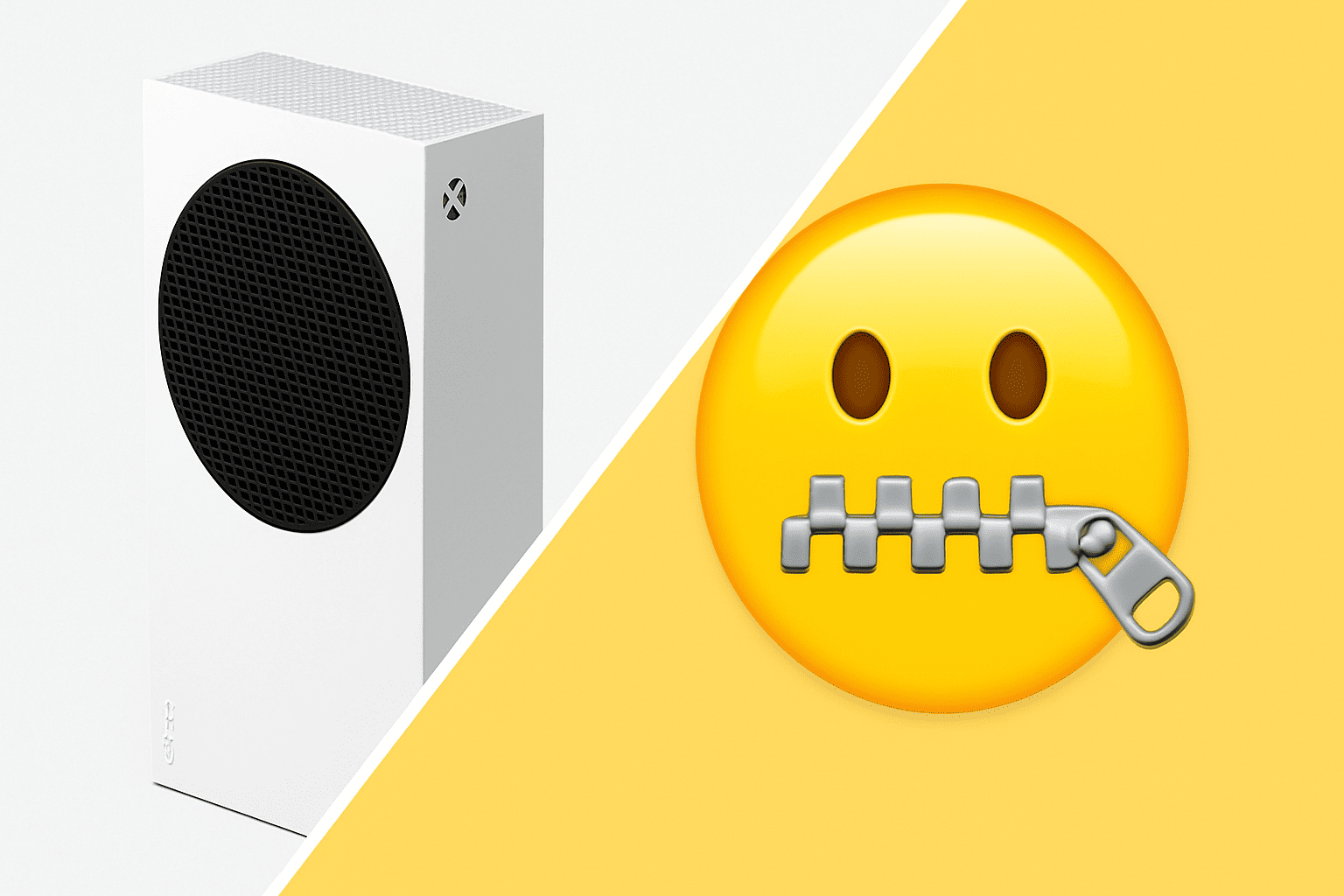The future Xbox console will integrate the APU Magnus, a chip that seeks to rival pre-assembled computers more than the next PS6.
More stories in the category Consoles
- Congratulations, Xbox Series! Five years of power and evolution
- Everything we know about the new Xbox console: date, compatibility, AI and more
- Xbox Series S surprises Square Enix by optimizing Final Fantasy 7 Remake for it
| Don't miss anything and follow us on Google News! |
Microsoft is not following the traditional path of conventional consoles. According to Digital Foundry, the future Xbox Next will use a new APU called Magnus, which will completely change the approach to hardware by allowing scaling of an entire family of systems with modular architecture. This is something we discussed a few weeks ago on Generación Xbox.
Instead of opting for a monolithic chip like the one used by PlayStation 5 or Xbox Series, this new design separates the CPU and GPU into two independent blocks, allowing for the manufacture of different configurations and the release of revisions more frequently. This opens the door to a strategy more similar to PC hardware cycles than the classic console generational model.
Magnus APU: Modular Architecture and Flexibility for Future Xbox
The most striking aspect of this leak is that the next Xbox is not just designed to compete with the PS6, but directly with pre-built PCs on the market. The idea would be to launch more powerful or more affordable teams with the same technological base, all framed in Microsoft’s strategy to turn each device into an Xbox extension.
This change in approach also marks clear differences with the traditional model that has dominated the industry for decades. To better understand it, we reflect it in the following comparison:
Comparison: Xbox Next with Magnus APU vs. Traditional Consoles
| Feature | Traditional Consoles (PS5, Xbox Series…) | New Xbox Next with Magnus APU |
|---|---|---|
| Architecture | Monolithic chip (CPU + GPU integrated) | Chiplet (CPU and GPU separated) |
| Generational Model | Every 7-8 years | More frequent iterations |
| Hardware Scalability | Limited to a single model | Several models with the same base |
| Manufacturing Cost | Balanced between power and price | Flexible depending on configuration |
| Long-term Compatibility | By generations | By families or “phases” |
| Competitive Approach | Other consoles (PlayStation) | Pre-built and desktop PCs |
| Microsoft’s Objective | Closed console for video games | PC-like Xbox system |
Additionally, from AMD, it is speculated that this architecture would allow for cost reduction compared to pre-assembled computers, offering a more powerful, compact, and economical alternative for playing latest-generation titles, both on console and desktop.
If confirmed, this design would also mean a break with the traditional generational model, adopting a phase-based approach in which future Xbox consoles would share key components, but vary in power or performance.
Microsoft’s new console still has no official release date, but everything indicates that its launch will precede that of the PlayStation 6, so we may soon be out of doubts. What is clear is that the console war as we know it could have its days numbered.






